Our Location
Islamabad, Pakistan
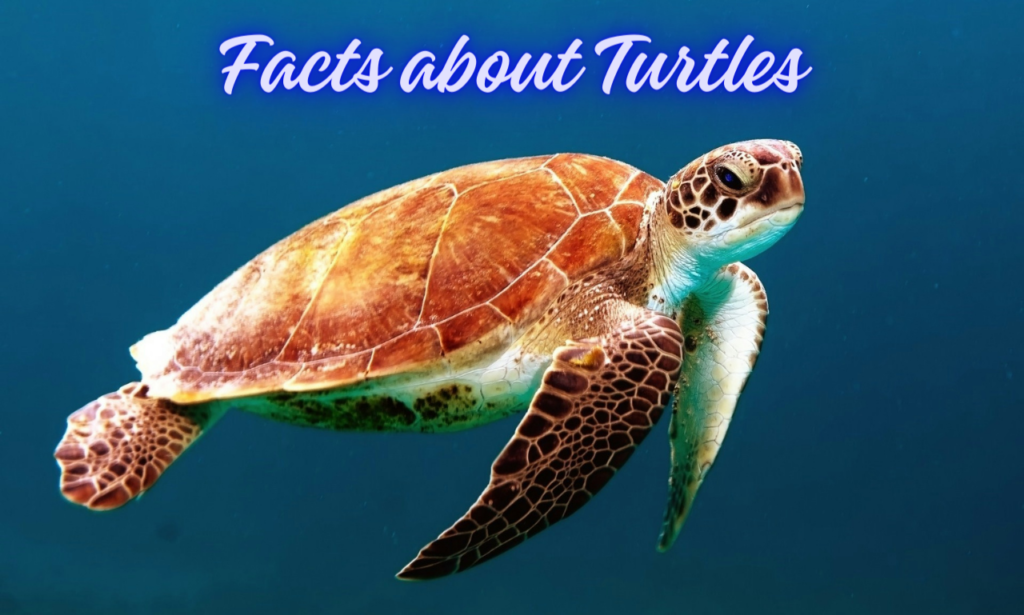
Turtles are really fascinating animals. Did you know that certain sea turtles can swim almost a marathon every day and that they can hold their breath for up to five hours? Maybe you’re wondering whether there’s anything they can’t accomplish.
Indeed, they are unable to retreat within their shell if they are ocean turtles. Continue reading to read 10 amazing facts about turtles and meet a turtle that resembles an alligator.
Any reptile, including tortoises, having its body covered in a bone shell is referred to as a turtle (order Testudines’). Turtles have the most unique architecture among all species, even if many other animals, including mammals and invertebrates, have acquired shells.
There is a top (carapace) and a bottom (plastron) to the turtle shell. A stiff skeletal box is created by joining the plastron and carapace, two bony structures, along the sides of the body.
Throughout its life, the turtle retains its cage made of bone and cartilage. The turtle cannot leave its shell since it is an essential component of its body, and it does not shed the way the skin of certain other reptiles does.
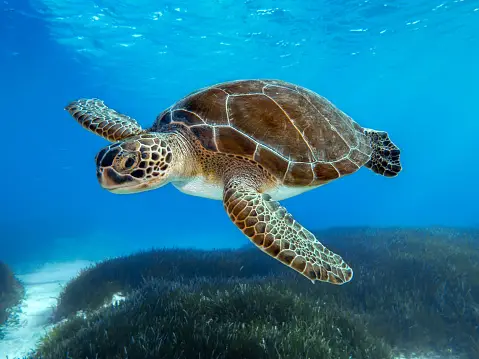
Turtles are fascinating animals. Did you know that certain sea turtles can swim almost a marathon every day and that they can hold their breath for up to five hours? Maybe you’re wondering whether there’s anything they can’t accomplish.
Indeed, they are unable to retreat within their shell if they are ocean turtles. Continue reading to learn more amazing facts about turtles and meet a turtle that resembles an alligator.
Turtles are more ancient than snakes, crocodiles, and alligators in the world’s reptile hierarchy.
It is a myth that a turtle may emerge from its shell. They can’t get too big for the turtle since its shell expands along with it.
While many species of turtles live in or near water, turtles are classified as “amniotes” since they breathe air and deposit their eggs on land.
A turtle’s bony, cartilaginous shell makes them immediately identifiable. Their extremely durable covering serves as a shield to keep predators away from them. For further security, several turtles are even able to tuck their heads within their shells.
These icy-blooded creatures live extraordinarily lengthy lives. Tu”i Malila, the oldest person ever documented from Tonga Island, passed away at the ripe old age of 188.
A turtle’s diet is determined by the conditions in which it lives. Turtles that live in the sea will eat anything from algae to squid and jellyfish, while those that live on land will eat grass, fruit, and insects.
Sadly, there are a lot of endangered turtle species. According to the IUCN, 129 of the roughly 300 species of turtles and tortoises that exist today are classified as vulnerable, endangered, or severely endangered. The illicit pet trade, pollution, poaching, and habitat degradation are among the threats.
These organisms go back more than 200 million years, to the era of the dinosaurs.
A turtle’s shell is essentially a component of its skeleton, much like your bones are. It is composed of more than fifty bones, including the spine and rib cage of the turtle.
Turtles can be classified as herbivores (those who eat plants), carnivores (those who eat meat), or omnivores (a combination of the two). Many young turtles are carnivores at first, but as they age, they learn to consume more vegetation.

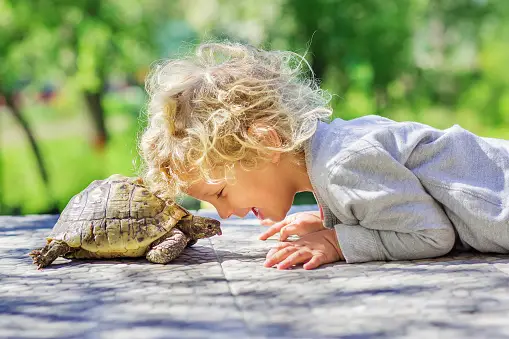
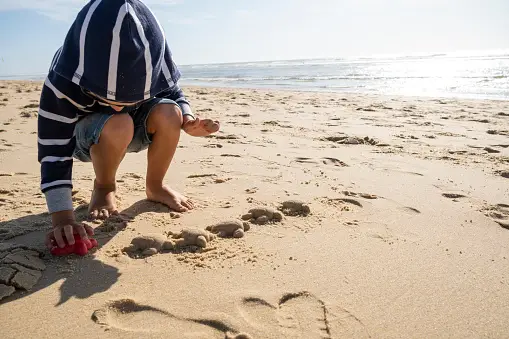
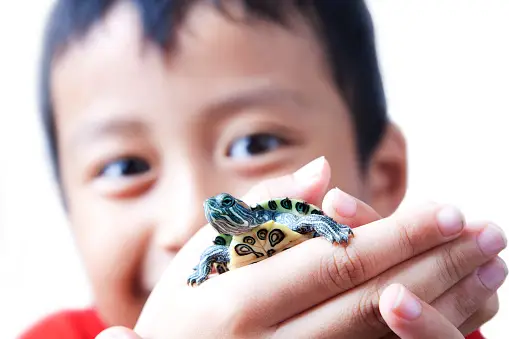
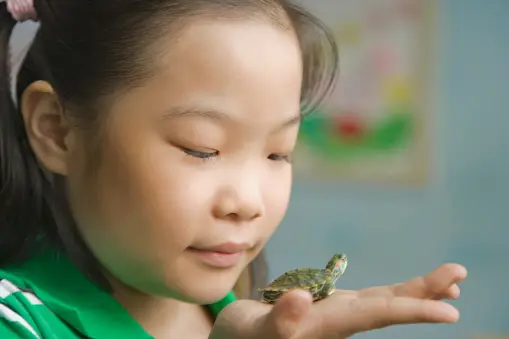

| The size of marine turtle species varies widely. The smallest is the Kemp’s ridley, which is around 70 cm long and can weigh up to 40 kg. The largest is the leatherback, which can grow up to 180 cm long and 500 kg in weight. It is more than ten times heavier! Remarkably, Wales is home to the largest sea turtle ever discovered, according to global records. A 2.5 m long, 2.5 m from flipper to flipper, and over 900 kg (greater than 140 stone) leatherback was discovered ashore in 1988. |
| The “lost years” are the initial few years of a sea turtle’s existence. This is due to the extremely challenging nature of studying the period from hatchling emergence to their return to coastal shallow waters for feeding. We still don’t fully understand the lost years they may spend at sea, which can be as long as 20 years. |
| Turtles wear their bones on the outside because their shells are composed of more than 50 fused bones. They can float because of the light, porous bones they have. |
| When they are nesting, female leatherbacks emit a variety of odd noises, some of which resemble human belches. |
| Although turtles occasionally appear to be sobbing, what’s really happening is that they are using a “salt excretion gland” located in the corner of their eye to expel extra salt that they may have swallowed from salty saltwater. This gland may secrete salt that is up to twice as concentrated as saltwater. |
Using their backflippers, sea turtles excavate a nest on the sand where they lay their eggs.
Turtles at sea don’t curl up within their shells.
The beaks of hawksbill turtles aid in the extraction of their preferred meal.
A turtle’s sex is determined by temperature.
World Sea Turtle Day is June 16th
Flippers are used by sea turtles in place of front feet.
The shell of a turtle is formed of bone. It is often quite robust and hard.
The majority of turtles can conceal their heads, legs, and tails behind their shells to keep predators away.
Turtles are typically represented as calm, understanding, and intelligent creatures in popular culture. A sign of stability and longevity, their long lifetime, toughness, and wrinkled appearance have made them popular across the world’s civilizations.
It is estimated that just one hatchling in every 1,000 will survive to adulthood. Foods that sea turtle hatchlings eat include sargassum seaweed, fish eggs, hydrozoans, mollusks crustaceans, and jellyfish.
Images are personally made from Canva and is downloaded from Unsplash. Video used is picked up from Pexels